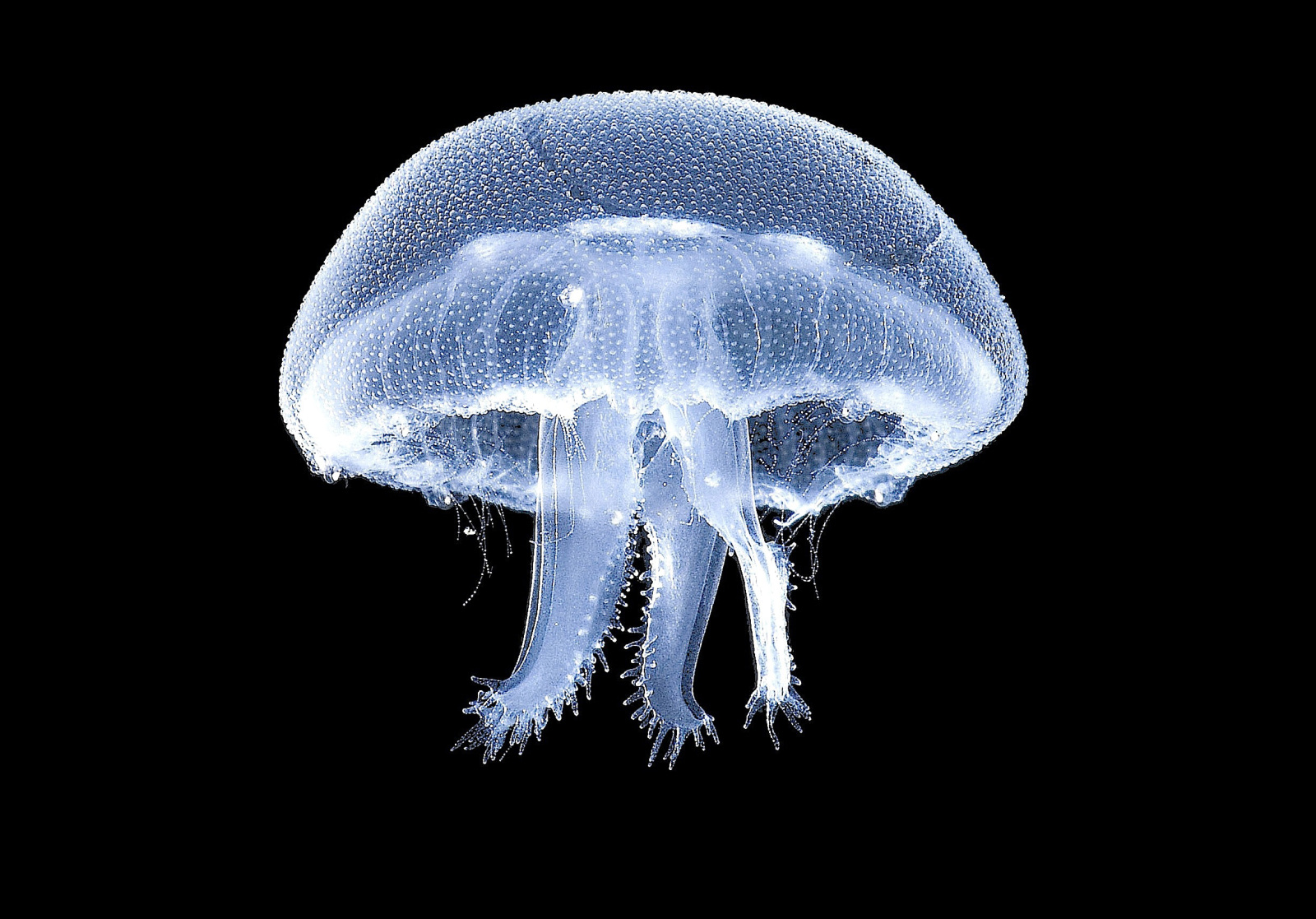Another presentation at the World Conference on Marine Biodiversity in Aberdeen came from Professor Ferdinando Boero from the University of Salento in Italy. He launched a project with the Mediterranean Science Commission in 2008 called Jellywatch to get the public in Italy to monitor jellyfish blooms in the Mediterranean.
 They produced posters to help people identify the jellies - aimed attourists, divers and fishermen. The project then expanded to Israel and Spain andother areas of the Mediterranean sea. The idea is to see what species make up these blooms - aggregations of large numbers of jellyfish, where and how frequently they occur.
They produced posters to help people identify the jellies - aimed attourists, divers and fishermen. The project then expanded to Israel and Spain andother areas of the Mediterranean sea. The idea is to see what species make up these blooms - aggregations of large numbers of jellyfish, where and how frequently they occur.
They are a major problem for tourist areas, preventing people from going into the water, but also represent a more worrying trend - sometimes known as 'the rise of slime', with a shift in the balance of ecological 'power' in the Med. Due to habitat loss, pollution and particularly overfishing, many species of fish are under threat and are dwindling in number. The jellyfish then muscle in and fill the ecological niches left bare, creating what Professor Boero terms a 'gelatinous sea'.
Results from the early stages of the project suggest a marked increase in blooms in the last few years, plus a shift in the ranges of some jellies and even the influx of new species previously only found in the Atlantic. As the project is rolled out to other areas of the Med, the teams behind it hope that it will help us to understand the causes behind the increase in these jellyfish blooms.










Comments
Add a comment